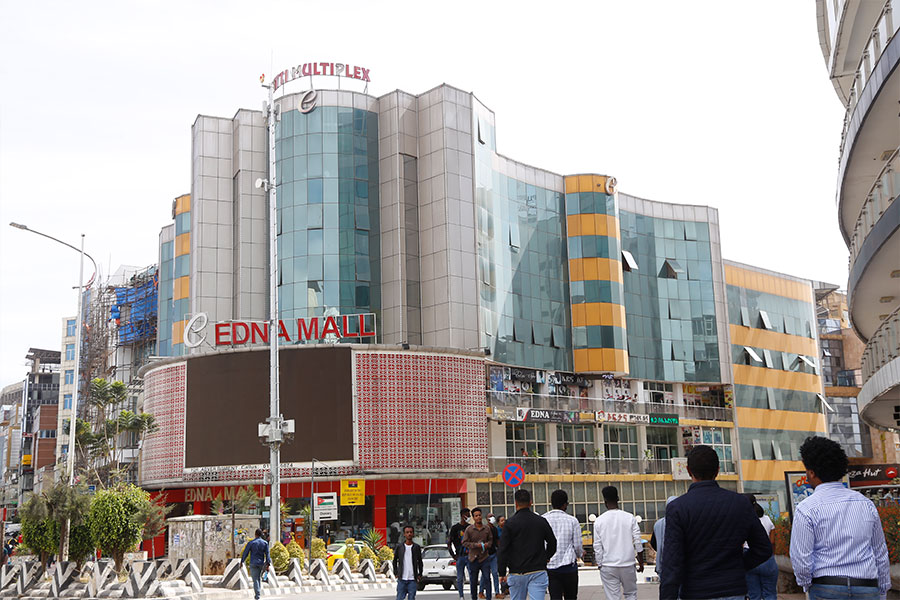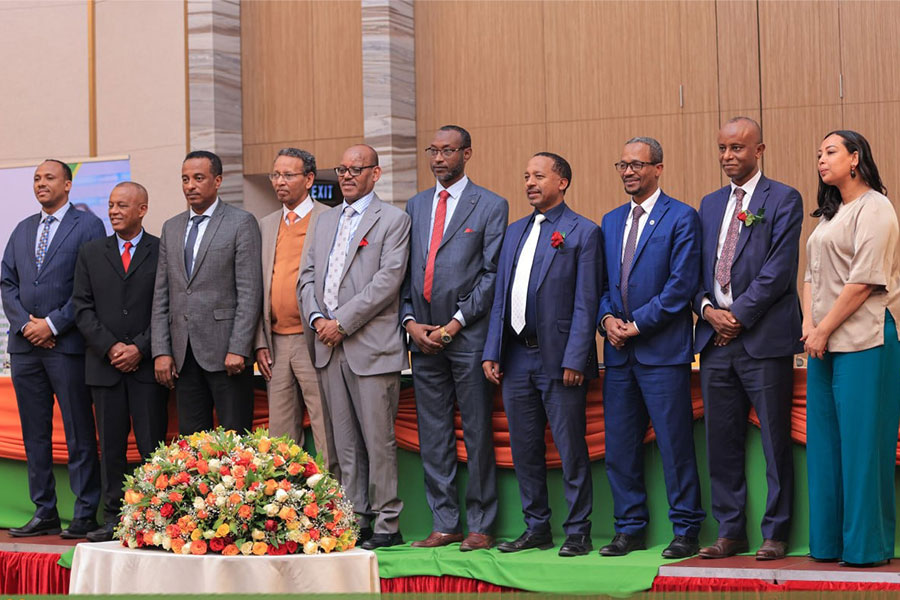
Commentaries | Aug 10,2024
Apr 26 , 2019
By Desta Mebratu (Prof.)
Proper development and management of road infrastructure is critical and can be achieved by re-imagining design and development, writes Desta Mebratu (desta@africaleapfrog.org), an extraordinary-professor at Stellenbosch University and head of a regional think tank called ATLAS.
Rational development and management of physical infrastructure, and road infrastructure in particular, is one of the key factors that determine the wellbeing of any community or country. This is because of its direct and indirect economic, social and environmental consequences, which could be either positive or negative depending on how it is developed and managed.
Countries are estimated to lose one to three percent of their gross domestic product (GDP) due to a lack of and mismanagement of their road infrastructure in cities, according to preliminary studies carried out by different institutions in selected African cities. This includes the economic loss associated with time lost due to traffic congestion, costs associated with fuel consumption and spare parts, and health costs associated with pollution and stress.
Most of these societal losses are associated with a combination of a lack of appropriate infrastructure, inefficient routing design and inefficient management of roads including signage. While there is still a lot that needs to be done in terms of road infrastructure coverage, Ethiopia as a country and Addis Abeba as a city stand in a better position in comparison to many Sub-Saharan African countries and cities. And yet, it registers one of the highest per capita traffic accident and fatality rates. This clearly shows that there is much that needs to be done concerning the development and management of our road infrastructure.
One of the key factors to consider from the design and development stage is to significantly reduce the physical contact points between pedestrians and motorists through proper design and management of crossing points. This is not only important to reduce traffic accidents, but it also facilitates a smooth flow of the traffic, thereby reducing economic loss and health hazards from pollution.
The traffic congestion we currently have on some of the major crossing points between the main highways and the light rail system across the main commercial and residential areas in Addis Abeba is a source of major economic, social and environmental costs. Safe and efficient mobility of both cars and pedestrians at these crossing points could be facilitated by building overpass and underpass structures for pedestrians in selected priority areas.
Developing partnerships with business entities, which can use these structures for advertising, and mobilising sponsorship could help to finance such structures. These structures could also serve as a basis for transforming street vendors, which are currently considered a nuisance or even illegal, into recognised traders that provide regulated services.
Besides the proper design and development of the physical infrastructure, a country needs to set and enforce rational speed limits that facilitate the safety of citizens while maintaining efficient socio-economic mobility. In this regard, speed limits by the Roads Authority on major city roads and crossing points within the city need to be strictly enforced by the regulators.
Experiences from other countries have shown that driving with the proper speed limit is very beneficial not only in terms of ensuring road safety. It also contributes to a reduction in costs to vehicle owners from lower fuel consumption and longer life of brake pads. The recent steps taken on replacing the roundabouts, which have become bottlenecks, with traffic lights is a step in the right direction in terms of improving the routing efficiency.
On the other hand, however, setting lower speed limits of 40Km or 50Km an hour on six-lane outer ring roads that connect the city with the expressway is the most irrational and inefficient measure that needs to be corrected. The recent trend of introducing speed bumps everywhere, including on ring roads, is also an issue that needs to be reconsidered.
All systems and procedures can properly function if they are coupled with the right set of attitudes and mindset. One of the most critical challenges the city is facing is the lack of awareness and discipline on the part of both drivers and pedestrians. Looking at how a significant number of drivers are driving and behaving within the city, one starts to wonder where the system has gone wrong.
Here, besides strictly monitoring the licensing requirement, it may be useful to introduce a topic on the specific social responsibility of being a driver in training. We need a similar level of attitudinal change on the part of pedestrians too.
Interestingly, during my trips to the countryside, I frequently notice people walking on the left side of the street having full visual control of the car driving against them. This clearly shows that we are not socially destined to be uncultured. It just requires the provision of consistent awareness and education on traffic management for all sectors of the society, including in early childhood.
It would require revisiting the driving and traffic regulations and procedures with the purpose of apportioning responsibilities on both parties supported with persistent education and enforcement measures.
PUBLISHED ON
Apr 26,2019 [ VOL
20 , NO
991]


Commentaries | Aug 10,2024

Sunday with Eden | Oct 30,2021

View From Arada | Aug 21,2021

Radar | Jan 22,2022

Radar | Mar 23,2019

Fortune News | May 07,2022

Editorial | Dec 25,2021

Sunday with Eden | Jan 16,2021

Radar | Oct 24,2020

Sunday with Eden | May 27,2023

My Opinion | 132105 Views | Aug 14,2021

My Opinion | 128507 Views | Aug 21,2021

My Opinion | 126435 Views | Sep 10,2021

My Opinion | 124046 Views | Aug 07,2021





Dec 22 , 2024 . By TIZITA SHEWAFERAW
Charged with transforming colossal state-owned enterprises into modern and competitiv...

Aug 18 , 2024 . By AKSAH ITALO
Although predictable Yonas Zerihun's job in the ride-hailing service is not immune to...

Jul 28 , 2024 . By TIZITA SHEWAFERAW
Unhabitual, perhaps too many, Samuel Gebreyohannes, 38, used to occasionally enjoy a couple of beers at breakfast. However, he recently swit...

Jul 13 , 2024 . By AKSAH ITALO
Investors who rely on tractors, trucks, and field vehicles for commuting, transporting commodities, and f...

Jul 12 , 2025
Political leaders and their policy advisors often promise great leaps forward, yet th...

Jul 5 , 2025
Six years ago, Ethiopia was the darling of international liberal commentators. A year...

Jun 28 , 2025
Meseret Damtie, the assertive auditor general, has never been shy about naming names...

Jun 21 , 2025
A well-worn adage says, “Budget is not destiny, but it is direction.” Examining t...

Jul 13 , 2025 . By YITBAREK GETACHEW
The Addis Abeba City Revenue Bureau has introduced a new directive set to reshape how...

Jul 13 , 2025 . By BEZAWIT HULUAGER
Addis Abeba has approved a record 350 billion Br budget for the 2025/26 fiscal year,...

Jul 13 , 2025 . By RUTH BERHANU
The Addis Abeba Revenue Bureau has scrapped a value-added tax (VAT) on unprocessed ve...

Jul 13 , 2025 . By NAHOM AYELE
Federal lawmakers have finally brought closure to a protracted and contentious tax de...